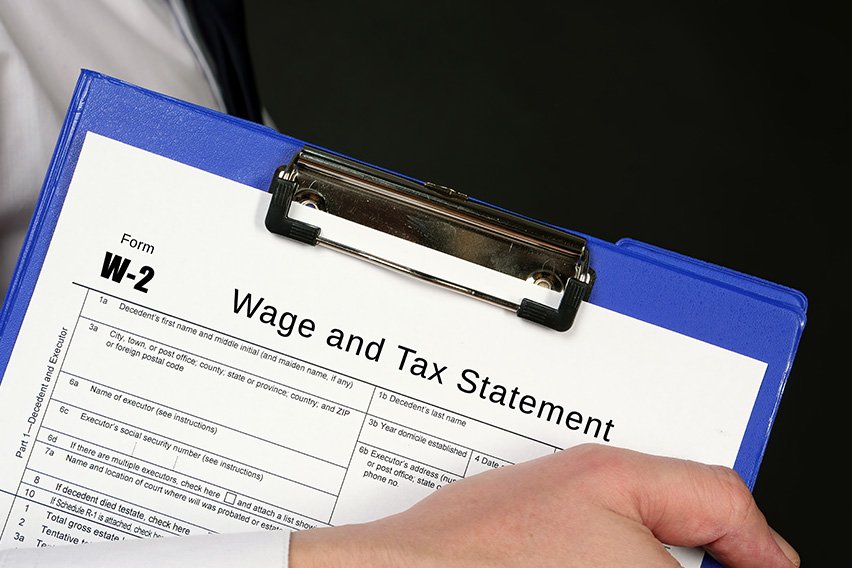Tax Depreciation: The Impact of Depreciation on Taxes

Tax depreciation refers to the depreciation expenses of a business that is an allowable deduction by the IRS. This means that by listing depreciation as an expense on their income tax return in the reporting period, a business can reduce its taxable income.
Depreciation is a method where the cost of fixed assets or tangible assets are allocated over the years in which the assets helped generate revenues or sales, or it’s useful life. By creating a depreciation expense, the business reduces the number of earnings on which taxes are based, thus decreasing the tax owed. Businesses can take a depreciation deduction by filing Form 4562 with their tax return.
What this article covers:
What Does Tax Depreciation Mean?
Which Depreciation Method Is Used for Tax Purposes?
What Is a Tax Depreciation Schedule?
How Does Depreciation Work on Taxes?

What Does Tax Depreciation Mean?
Tax depreciation is a process by which taxpaying businesses write off the depreciation as an expense on their tax returns. This allows businesses to recover the cost that they’ve invested in a certain type of asset.
Depreciation is the gradual decrease of the fixed asset’s cost over its useful life. It’s the amount that you must deduct to recover the cost of an asset. You can only depreciate tangible assets (other than land) that your business owns, uses for income-producing activities, as a determinable useful life, and is expected to last more than a year.
If these rules are not met, then the entire cost of the asset must be charged to the period in which it was incurred.
Unlike a book or financial depreciation that is based on the matching principle of accounting and reported on the financial statements of a business, tax depreciation is recorded on the company’s income tax returns and based on the IRS rules.
Which Depreciation Method Is Used for Tax Purposes?
While financial depreciation is calculated using the straight-line method which results in an even distribution of the expense over the life of the asset, tax depreciation is calculated using the Modified Accelerated Cost Recovery System, or MACRS.
MACRS
The Modified Accelerated Cost Recovery System (MACRS) depreciation method entails that in the first few years, businesses can depreciate the assets more than in the later years of the asset’s life.
While this method may reduce income tax payments in the initial years of the asset’s life, the business won’t have the depreciation tax benefits in the later years.
Section 179 Deduction
A business is allowed to make the election to use the Section 179 deduction for some property. Under Section 179 Deduction, you’re allowed to deduct the entire cost of the asset in the year it’s acquired, up to a maximum of $1,220,000 in 2024. If your total acquisitions are greater than $3,050,000 the maximum deduction begins to be phased out. The deductions that are not used by the business in the current year can be carried over to the next years.
Usually, businesses keep separate records for book depreciation and tax depreciation due to the differences in the calculation methods.

What Is a Tax Depreciation Schedule?
By creating a tax depreciation schedule, you can maximize the cash return from your business or investment property each financial year. The schedule can also be used to claim any missed deductions from the past year.
How Does Depreciation Work on Taxes?
Depreciation is a tax deduction that allows you to recover the cost of assets that you purchase and use for your business.
Unlike financial depreciation that is closely aligned to the actual use of the assets, the amount of tax depreciation is calculated based on the classification assigned to an asset, irrespective of its actual usage.
If you have made adjustments to your business’s financial records and are awaiting updates, tools like “where’s my amended return” from the IRS can provide valuable insights into the processing status of your amended returns.
Once you’ve calculated depreciation, you must complete Form 4562 to claim your tax deduction for each asset. This form should be filed with your tax return. If you’re uncertain about the amount of tax depreciation and how to accurately report it, it’s best to consult a tax advisor.
RELATED ARTICLES

 Tax Classifications for LLC: Everything You Need to Know
Tax Classifications for LLC: Everything You Need to Know How to Calculate Withholding Tax (4 Easy Steps)
How to Calculate Withholding Tax (4 Easy Steps) Pre-Tax Deductions: Definition, Types, and Examples
Pre-Tax Deductions: Definition, Types, and Examples How to File an Amended Tax Return with the IRS in 5 Simple Steps
How to File an Amended Tax Return with the IRS in 5 Simple Steps What Is A W-2 Form? Tips for Employers on Completing Employee Tax Documents
What Is A W-2 Form? Tips for Employers on Completing Employee Tax Documents What Is an I-9 Form? Tips for Employers About the Employment Eligibility Verification Form
What Is an I-9 Form? Tips for Employers About the Employment Eligibility Verification Form